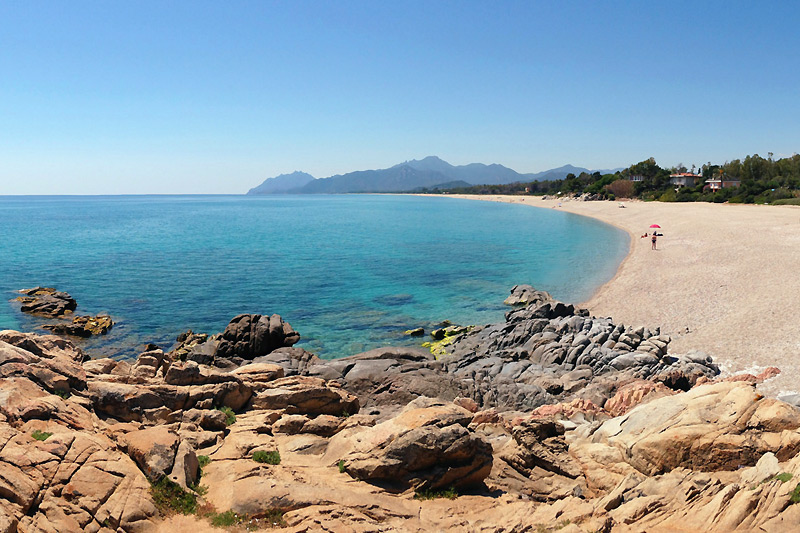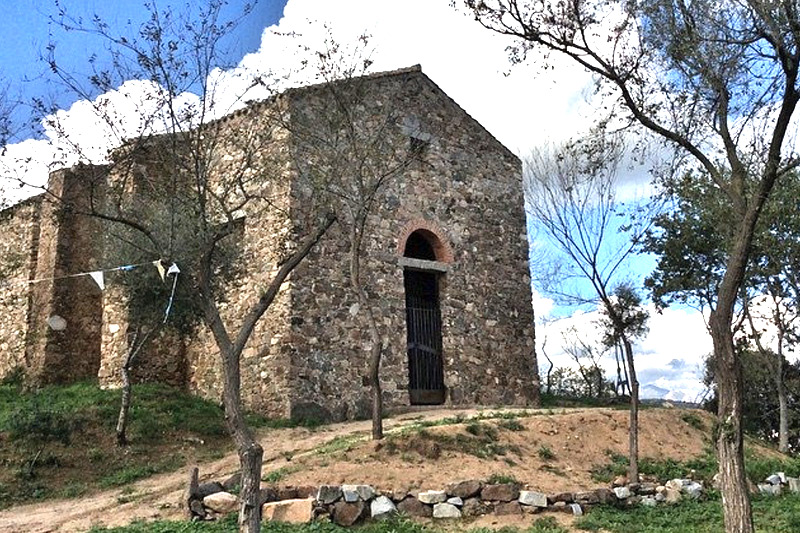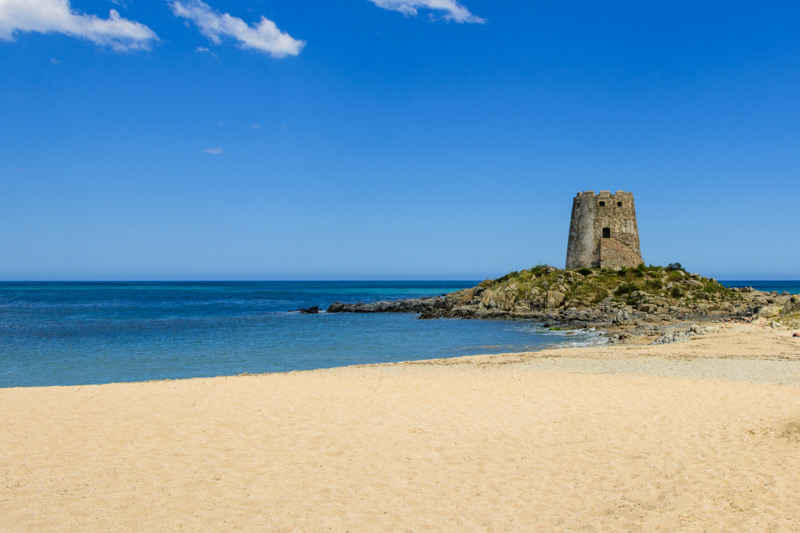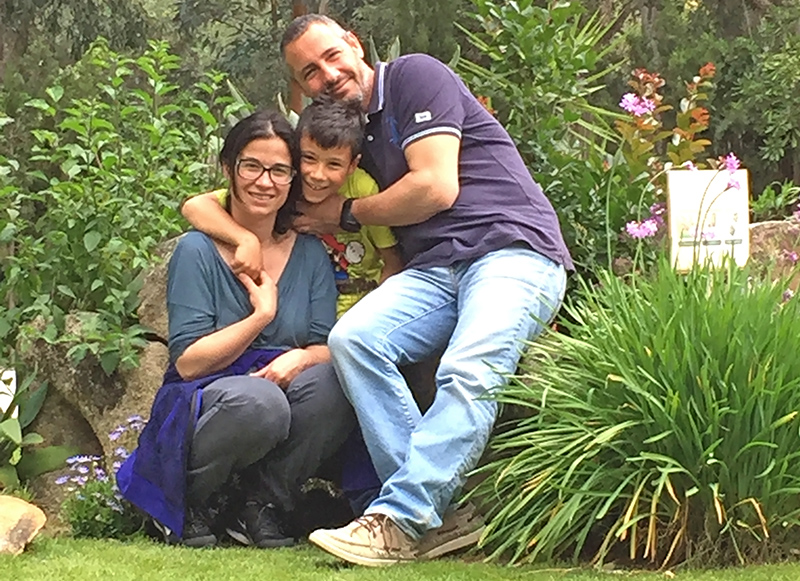Bari Sardo, a welcoming commune for a tourism with a human face
Bari Sardo is one of the main areas in Ogliastra, a region that occupies the southeastern part of Sardinia, directly on the coast. The small city, somewhat situated on the mainland and above sea level, still encompasses 9 kilometres of coastline divided between beautiful beaches and cliffs.
Bari Sardo is made up of approximately 4000 inhabitants and offers a great deal of commercial, recreational, cultural, and sanitary services for tourists. In the summer, there are more inhabitants, but the commune is nevertheless never packed and always maintains a calm atmosphere that allows for contact with nature.
On the mainland, the landscape is typical of Mediterranean scrublands, with hills and the large Plateau of Teccu. The humid areas of Bau”e Ni and the little lakes of Planargia are rich, natural environments that enclose an impressive number of local fauna and flora. The human presence, never too invasive, is noticeable in the large areas that are cultivated into plains, as well as the vineyards and olive groves that alternate with pastures typical of the hills of Bari Sardo.
What to see in Bari Sardo
Like all of Sardinia, the Bari Sardo region does not lack evidence of human presence on the island since prehistoric times: the nuraghes of Ibba manna, Ibbixxedda, Niedda Puliga, Moru, Mindeddu, and Sellersu, the Tombs of Giants of the Canali, Uli, and Pitzu Teccu, the Domus de Janas, and the standing stones. The historical heritage goes back to the medieval period, namely, the Aragonese tower of Bari, which was built on the coast in the sixteenth century and served as a lookout post. The religious heritage of the region is also worth the detour and especially the church of Nostra Signora di Monserrato, as well as the chapels of San Leonardo, Santa Cecilia, and San Giovanni on the commune of Sa Marina.
Bari Sardo has preserved its gastronomic traditions rooted in the rural culture and featuring the local wine Cannonau, made on the hills of the commune. In August, there is a celebration that is very appreciated and dedicated to culurgiones (hand-made ravioli), a local culinary specialty. Traditional craft, carpet weaving, and traditional decor have seen a renewed interest, and a folk music band spreads popular dances and songs.





